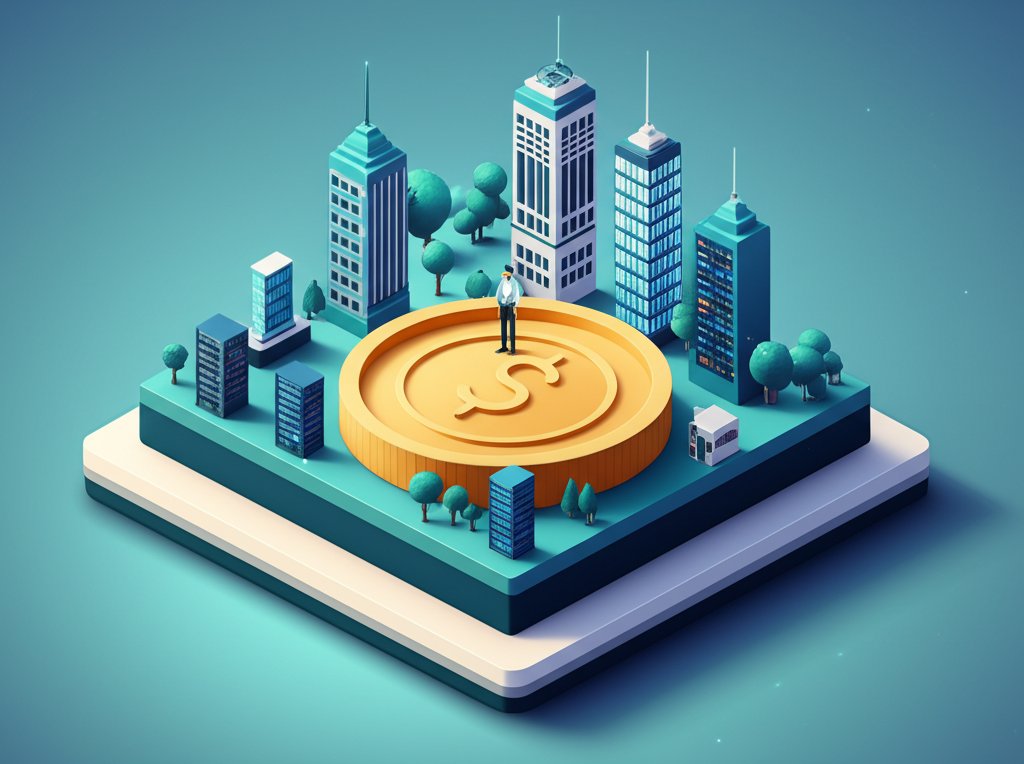Ever wondered how much the co-founder of Facebook is really worth today? Figuring out how much Eduardo Saverin is worth involves more than just looking at his Facebook stake. It’s a blend of his remaining shares, successful venture capital investments, and strategic real estate moves.
At a glance:
- Understand the primary factors impacting Eduardo Saverin’s net worth.
- Explore the role of Facebook (Meta) stock fluctuations on his wealth.
- Discover how his venture capital firm, B Capital, contributes.
- Learn about his real estate holdings and philanthropic endeavors.
- Address common misconceptions about his financial decisions.
The Facebook Foundation: How His Stake Still Matters
While Eduardo Saverin’s initial stake in Facebook was diluted over time, it’s still a cornerstone of his wealth. When Facebook went public in 2012, his roughly 53 million shares were valued at about $2 billion.
How does Meta’s performance affect Saverin’s wealth?
As of 2022, Saverin held approximately 2% ownership of Meta Platforms. This means his net worth is directly tied to Meta’s stock performance. For example, a significant increase in Meta’s stock price, driven by advancements in AI or other market factors, directly translates into a boost in Saverin’s wealth, and vice versa.
Historical Context: The initial dilution of Saverin’s stake led to legal disputes, but the remaining shares proved incredibly valuable as Facebook’s value skyrocketed. These shares represent a passive, yet significant, source of his current wealth.
B Capital: Venture Capital Powerhouse
Beyond Facebook, Saverin co-founded B Capital Group in 2015 with Raj Ganguly. This venture capital firm focuses on high-growth technology companies, particularly in Southeast Asia and India. B Capital has around $3.5 billion in assets under management, demonstrating its significant presence in the VC landscape.
How does B Capital generate wealth for Saverin?
B Capital invests in various sectors, including enterprise software, fintech, healthcare, and consumer technology. The success of these investments directly impacts the firm’s profitability, and subsequently, Saverin’s wealth.
Example: If B Capital invests in a startup that experiences rapid growth and a successful exit (e.g., an IPO or acquisition), the returns significantly increase the firm’s assets under management and its partners’ wealth.
Key Activity: In 2016 alone, B Capital closed deals worth approximately $140 million across Asia, highlighting their aggressive growth strategy and demonstrating the potential for high returns.
Real Estate and Luxury Assets

Eduardo Saverin’s portfolio extends beyond stocks and venture capital to include substantial real estate holdings. He owns properties in the US, Brazil, and Singapore, reflecting a diversified investment strategy.
The Singapore Strategy:
Saverin moved to Singapore in 2009 and has made notable real estate investments there. In 2014, he reportedly spent $60 million on a penthouse in Singapore, showcasing his preference for high-end properties.
Example: The value of luxury real estate in Singapore has generally appreciated over time, providing a steady store of value and potential capital appreciation for Saverin.
Notable purchase: Owns a $167 million home. The choice of these locations reflects strategic diversification and potential tax advantages.
Why Singapore? Singapore offers financial incentives and a stable economic environment, making it an attractive location for high-net-worth individuals to manage and grow their wealth.
Philanthropy: Aporta and Beyond
While calculating Eduardo Saverin’s net worth primarily focuses on assets and investments, his philanthropic activities also play a role in shaping his financial profile. In 2010, he launched Aporta, an online charity platform.
How does philanthropy relate to net worth?
While philanthropic contributions decrease net worth from a purely accounting perspective, they can create positive public relations and potentially lead to long-term benefits through networking and reputation enhancement. Also, they could provide tax advantages, depending on the jurisdiction.
Addressing Common Misconceptions
Several misconceptions surround Eduardo Saverin’s wealth and financial decisions. Let’s clarify some of the most common ones.
Misconception 1: Saverin’s wealth is solely based on his Facebook shares.
Reality: While Facebook shares constitute a significant portion of his wealth, B Capital and real estate investments also contribute substantially. His net worth is diversified across multiple asset classes.
Misconception 2: Renouncing US citizenship was solely for tax avoidance.
Reality: Saverin has denied that tax avoidance was the primary motivation for renouncing his US citizenship. While tax implications were undoubtedly a factor, he cited personal and professional reasons for residing in Singapore.
Misconception 3: Saverin is directly involved in the day-to-day operations of Facebook (Meta).
Reality: Saverin is not actively involved in Meta Platforms’ daily operations. His role as a co-founder is historical, and his current involvement is limited to his ownership stake and potential shareholder influence.
Crunching the Numbers: Estimating Saverin’s Net Worth

Okay, let’s get down to brass tacks. Estimating how much is Eduardo Saverin worth, especially the most up-to-date figures, requires piecing together various data points. Forbes Brasil estimated his net worth at R$ 227 billion (approximately US$41 billion) as of 2025. Other estimates fall within the $19-$41 billion range.
Factors Influencing the Estimates:
- Meta Stock Performance: Fluctuations in Meta’s stock price significantly impact the valuation of his holdings.
- B Capital’s Investment Portfolio: The success of B Capital’s investments and exits influences the firm’s assets under management, which in turn affects Saverin’s wealth.
- Real Estate Market Conditions: Changes in real estate values across his properties in the US, Brazil, and Singapore can affect his net worth.
- Currency Exchange Rates: Fluctuations in exchange rates, particularly between the US dollar and the Brazilian Real, can influence the reported net worth.
Actionable Insights: Managing Your Own Investments Like Saverin
While you might not be managing billions, the strategies employed by Eduardo Saverin offer valuable lessons for your own investment approach.
- Diversify Your Portfolio: Don’t put all your eggs in one basket. Saverin’s investments span stocks, venture capital, and real estate.
- Consider International Markets: Explore investment opportunities outside your home country. Saverin’s focus on Southeast Asia and India through B Capital demonstrates the potential for high growth in emerging markets.
- Think Long-Term: Venture capital investments, in particular, require a long-term perspective. Be patient and focus on sustainable growth rather than short-term gains.
- Seek Expert Advice: Don’t be afraid to consult with financial advisors and investment professionals. Saverin likely has a team of experts guiding his investment decisions.
- Explore Alternative Investments: Consider investing in assets beyond traditional stocks and bonds, such as real estate, private equity, or venture capital.
For a broader view of Saverin’s wealth trajectory and key events, check out Saverin’s Current Net Worth.
Quick Answers: Common Questions About Saverin’s Wealth
Q: How much of Facebook does Eduardo Saverin still own?
A: As of 2022, it was estimated at roughly 2% ownership of Meta Platforms.
Q: What is B Capital’s investment strategy?
A: B Capital focuses on high-growth technology companies, particularly in Southeast Asia and India, across sectors like enterprise software, fintech, healthcare, and consumer technology.
Q: Why did Eduardo Saverin renounce his US citizenship?
A: Saverin has denied that tax avoidance was the primary motivation, citing personal and professional reasons for residing in Singapore.
Q: Is Saverin still involved in Facebook’s operations?
A: No, his role as a co-founder is historical, and he is not actively involved in Meta Platforms’ daily operations.
Take Control of Your Financial Future
Understanding how Eduardo Saverin’s wealth is accumulated and managed provides a framework for your own financial planning. Whether it’s diversifying your investments, exploring international markets, or seeking expert advice, the principles remain the same. While most won’t reach billionaire status, strategic financial planning can lead to long-term financial security and growth. Start by assessing your current portfolio, identifying areas for diversification, and setting clear financial goals.










